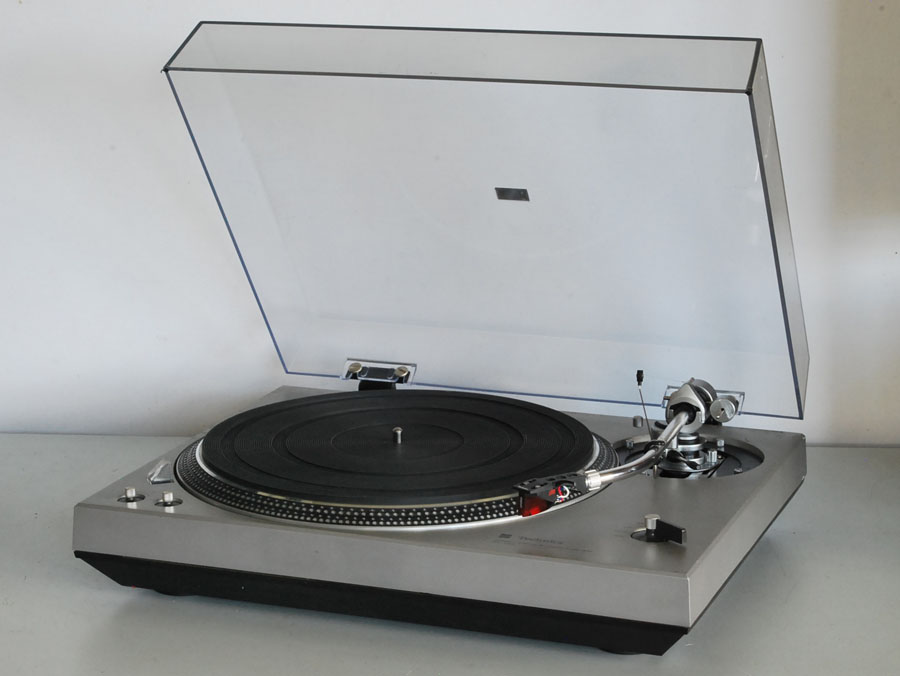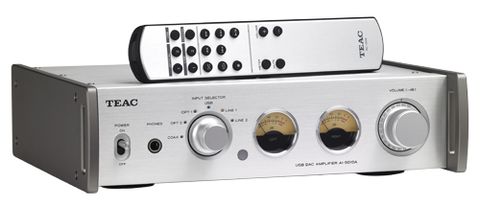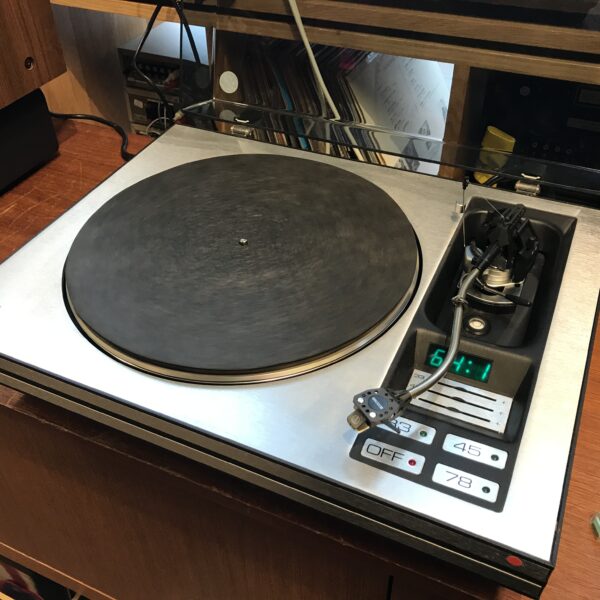Trio Lo-7D Review
Trio/design Kenwood’s team was the first to look into the acoustic qualities of materials used in turntable construction, making it the most complete Japanese turntable of its time. This iconic high-end turntable was decades ahead of its late-nineties, early-seventies rivals — and similarly pricey. It cost four times as much as a Linn LP12 when […]










